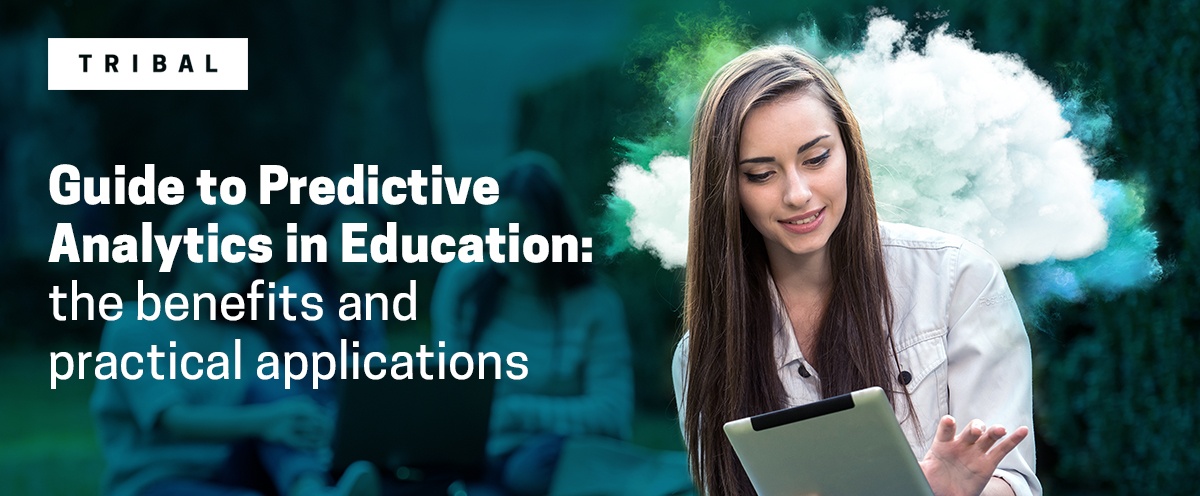Predictive analytics will be the next logical step for many organisations, as educational institutions become increasingly data-led when making strategic decisions and the results, reports, and insights gained from predictive analytics continue to become more accessible. With more staff and stakeholders gaining access to data, predictive analytics will be integral to different roles across the institution.
Fast and flexible access to data insights allows evidence-based decisions to be made quickly and efficiently, providing the opportunity for timely intervention and resolution as soon as issues are flagged. In the future, results of accurate predictive analytics may also be accessed directly by students. It could be used to inform personal choices throughout their education, showing the predicted employment outcomes of taking certain modules or programmes, for example.
Preparing for the future of predictive analytics
Taken from our ‘Guide to Predictive Analytics in Education’, here are some of the ways you can prepare for the future of predictive analytics today:
1. Being clear about the results you wish to achieve
Closely consider what data you will need to support your organisation’s strategic goals and the student experience; this will ensure that you collect and analyse the correct data from the outset
2. Collecting relevant data
Predictive analytics models rely on relevant data to be successful; you will need an appropriate and secure internal database system to store all relevant data in readiness for analysis.
3. Ensuring optimum data quality
The quality of data is essential to sound analysis. You must ensure that all those responsible for collecting and inputting data within your organisation enter the right data values in the prescribed format, to avoid having to clean or reformat the data later.
4. Choosing an appropriate predictive analytics solution
Predictive models are available for use by educational institutions, offering easy-to-use and quick access to your data.
5. Regularly evaluating the predictive model
It’s important to continue to evaluate and validate your predictive model with alternate data, to make sure there is no weakness in the model and address any if so. Confidence in your organisation’s predictive models will enable informed business decisions to be made.
Predictive analytics will continue to grow in the education sector, bringing ever more accurate insight into education data. The data collected to inform predictive models will evolve to fit the education institution’s unique needs and settings. By embedding predictive models in the strategic decisions process, predictive analytics will become a key means for driving and achieving lasting change.
Tools for predictive analytics in Higher and Further education
Predictive analytics may sound complex, but with the right software, it can be simple and easy to implement and can be integrated into your existing systems, ensuring it becomes a part of day-to-day activity. Tools like Tribal’s Student Information Systems include an embedded business intelligence dashboard powered by Panintelligence. It makes management of complex institutions and student data straightforward, and the business intelligence dashboard gives users instant access to data trends.
The tool brings together multiple sources of data into one accessible dashboard, which can be accessed securely over any device. With clear visualisation of data, key stakeholders (such as governors) can understand and engage with data on-demand. The system, developed specifically for the education sector, acts as a simple and effective way of understanding complex data. With this tool, institutions can benchmark different areas of their organisation and use data-fed models to understand the trends.
This allows organisations to easily forecast factors like attendance or overall student performance, informing key decisions. Accessible data includes exam results, attendance, enrolment figures, and students’ use of library services. Business intelligence tools are essential in the digital age that we are living in and crucial in supporting both academic staff and management through straightforward access to data analytics, paving the way for a data-led approach to decision-making in all areas of the college, university or learning provider.
TOPICS:
SHARE THIS ARTICLE:




